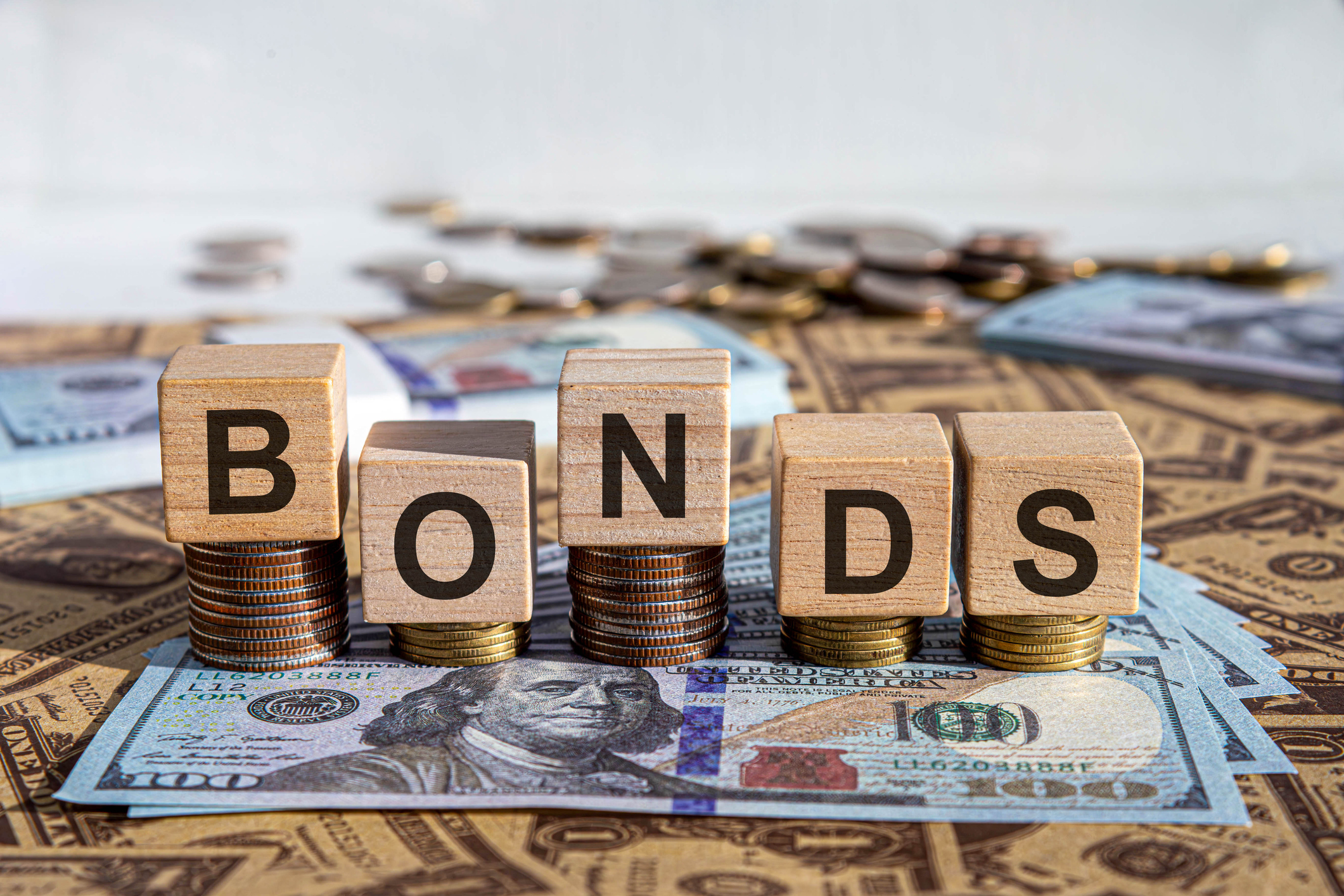Kiplinger Interest Rates Outlook: Federal Reserve Cuts Rates and Now Will Take a Pause
The Fed lowered its benchmark rate again this month, but signals that it has done enough for now.

Kiplinger’s Economic Outlooks are written by the staff of our weekly Kiplinger Letter and are unavailable elsewhere. Click here for a free issue of The Kiplinger Letter or to subscribe for the latest trends and forecasts from our highly experienced Kiplinger Letter team.
The Federal Reserve cut short-term interest rates by a quarter-point, to between 3.5% and 3.75%, on December 10, but will likely pause its cuts at the next meeting, on January 28. Chair Jerome Powell feels the Fed is getting close to what he calls “the neutral rate,” which is neither expansionary nor contractionary for the economy. As a result, Powell apparently wants to stop cutting now and let economic trends determine the Fed’s next move. Part of that is waiting for pending government reports on the economy, which have been delayed by the recent shutdown, to provide some guidance.
Powell was willing to cut in December despite the lack of recent economic data because economists at the Fed expect that there will be future downward revisions of the recent and coming monthly employment numbers. It has been well known that the jobs data produced by the Bureau of Labor Statistics often gets revised down later, sometimes a year after the initial reports, at times when the economy is going through a transition, as it may be now. Part of the problem is how many jobs BLS assumes are created by new firms, since it takes time for actual data to come in. BLS will be revising its procedures for making these estimates early in 2026.
From just $107.88 $24.99 for Kiplinger Personal Finance
Become a smarter, better informed investor. Subscribe from just $107.88 $24.99, plus get up to 4 Special Issues

Sign up for Kiplinger’s Free Newsletters
Profit and prosper with the best of expert advice on investing, taxes, retirement, personal finance and more - straight to your e-mail.
Profit and prosper with the best of expert advice - straight to your e-mail.
The 10-year Treasury yield is still hovering around 4.1%. It may decline a little, depending on future economic reports, but will likely tick up at some point, due to ongoing inflation reports that are still too high, plus renewed focus on the rising cost of financing the federal government’s deficits. The 10-year yield is often used as the benchmark for setting mortgage and auto loan rates.
The bond market’s yield curve will become fully upward-sloping sometime next year. Bond investors’ concern that an economic slowdown looms is shown by the fact that current one- to three-year Treasury notes have lower yields than short-term Treasury bills that mature in a few months. But 20- and 30-year bond yields have picked up by more than the 10-year yield in recent months, indicating that both long-term inflation and government deficits are a rising concern among bond traders. The result is a U-shaped yield curve, with higher short and long yields than medium-term ones. As the uncertainties surrounding tariff policy gradually get resolved, fears of a recession will diminish and medium-term rates are likely to pick up a bit. The long end of the yield curve is likely to stay elevated. We expect short rates to fall next year, so the yield curve by the end of 2026 is likely to be upward-sloping along its entire length for the first time since 2021.
Mortgage rates have dipped as the 10-year Treasury’s yield has stayed around 4%. Thirty-year fixed-rate mortgages are currently around 6.2%. Fifteen-year loans are at 5.5% for borrowers with good credit. If the economy weakens, then rates should decline further, but odds are that rates at the end of 2026 will be close to where they are today.
Top-rated corporate bond yields have also been following Treasury yields. AAA-rated long-term corporate bonds are yielding 4.7%, BBB-rated bonds are at 5.0%, and CCC-rated bonds are at 12.5%. CCC-rated bond rates tend to rise when the risk of recession rises, and fall when either the economy strengthens or the Fed cuts rates, which eases financing costs for businesses that are heavily indebted.
Related Content
Profit and prosper with the best of Kiplinger's advice on investing, taxes, retirement, personal finance and much more. Delivered daily. Enter your email in the box and click Sign Me Up.

David is both staff economist and reporter for The Kiplinger Letter, overseeing Kiplinger forecasts for the U.S. and world economies. Previously, he was senior principal economist in the Center for Forecasting and Modeling at IHS/GlobalInsight, and an economist in the Chief Economist's Office of the U.S. Department of Commerce. David has co-written weekly reports on economic conditions since 1992, and has forecasted GDP and its components since 1995, beating the Blue Chip Indicators forecasts two-thirds of the time. David is a Certified Business Economist as recognized by the National Association for Business Economics. He has two master's degrees and is ABD in economics from the University of North Carolina at Chapel Hill.
-
 Don't Wait Until January: Your Year-End Health Checklist to Kickstart 2026
Don't Wait Until January: Your Year-End Health Checklist to Kickstart 2026Skip the fleeting resolutions and start the new year with a proactive plan to optimize your longevity, cognitive health, and social vitality.
-
 Premium Rewards Cards: More Perks, Higher Fees
Premium Rewards Cards: More Perks, Higher FeesSome issuers are hiking the annual fee on their flagship luxury credit cards by hundreds of dollars. Are they still worth using?
-
 3 Trips to Escape the Winter Doldrums, Including An Epic Cruise
3 Trips to Escape the Winter Doldrums, Including An Epic CruiseThree winter vacation ideas to suit different types of travelers.
-
 Premium Rewards Cards: More Perks, Higher Fees
Premium Rewards Cards: More Perks, Higher FeesSome issuers are hiking the annual fee on their flagship luxury credit cards by hundreds of dollars. Are they still worth using?
-
 3 Trips to Escape the Winter Doldrums, Including An Epic Cruise
3 Trips to Escape the Winter Doldrums, Including An Epic CruiseThree winter vacation ideas to suit different types of travelers.
-
 How to Master the Retirement Income Trinity: Cash Flow, Longevity Risk and Tax Efficiency
How to Master the Retirement Income Trinity: Cash Flow, Longevity Risk and Tax EfficiencyRetirement income planning is essential for your peace of mind — it can help you maintain your lifestyle and ease your worries that you'll run out of money.
-
 4 Financially Savvy Things to Do with Unwanted Gifts
4 Financially Savvy Things to Do with Unwanted GiftsDon't send that unwanted gift to the landfill. Find a way to squeeze out some of its cash value instead.
-
 I'm an Insurance Expert: Sure, There's Always Tomorrow to Report Your Claim, But Procrastination Could Cost You
I'm an Insurance Expert: Sure, There's Always Tomorrow to Report Your Claim, But Procrastination Could Cost YouThe longer you wait to file an insurance claim, the bigger the problem could get — and the more leverage you're giving your insurer to deny it.
-
 Could a Cash Balance Plan Be Your Key to a Wealthy Retirement?
Could a Cash Balance Plan Be Your Key to a Wealthy Retirement?Cash balance plans have plenty of benefits for small-business owners. For starters, they can supercharge retirement savings and slash taxes. Should you opt in?
-
 Changes Are Coming for This Invesco Bond Fund
Changes Are Coming for This Invesco Bond FundThe Invesco BulletShares 2026 Corporate Bond ETF's bonds will mature in 2026. Here's what investors should do.
-
 7 Retirement Planning Trends in 2025: What They Mean for Your Wealth in 2026
7 Retirement Planning Trends in 2025: What They Mean for Your Wealth in 2026From government shutdowns to market swings, the past 12 months have been nothing if not eventful. The key trends can help you improve your own financial plan.